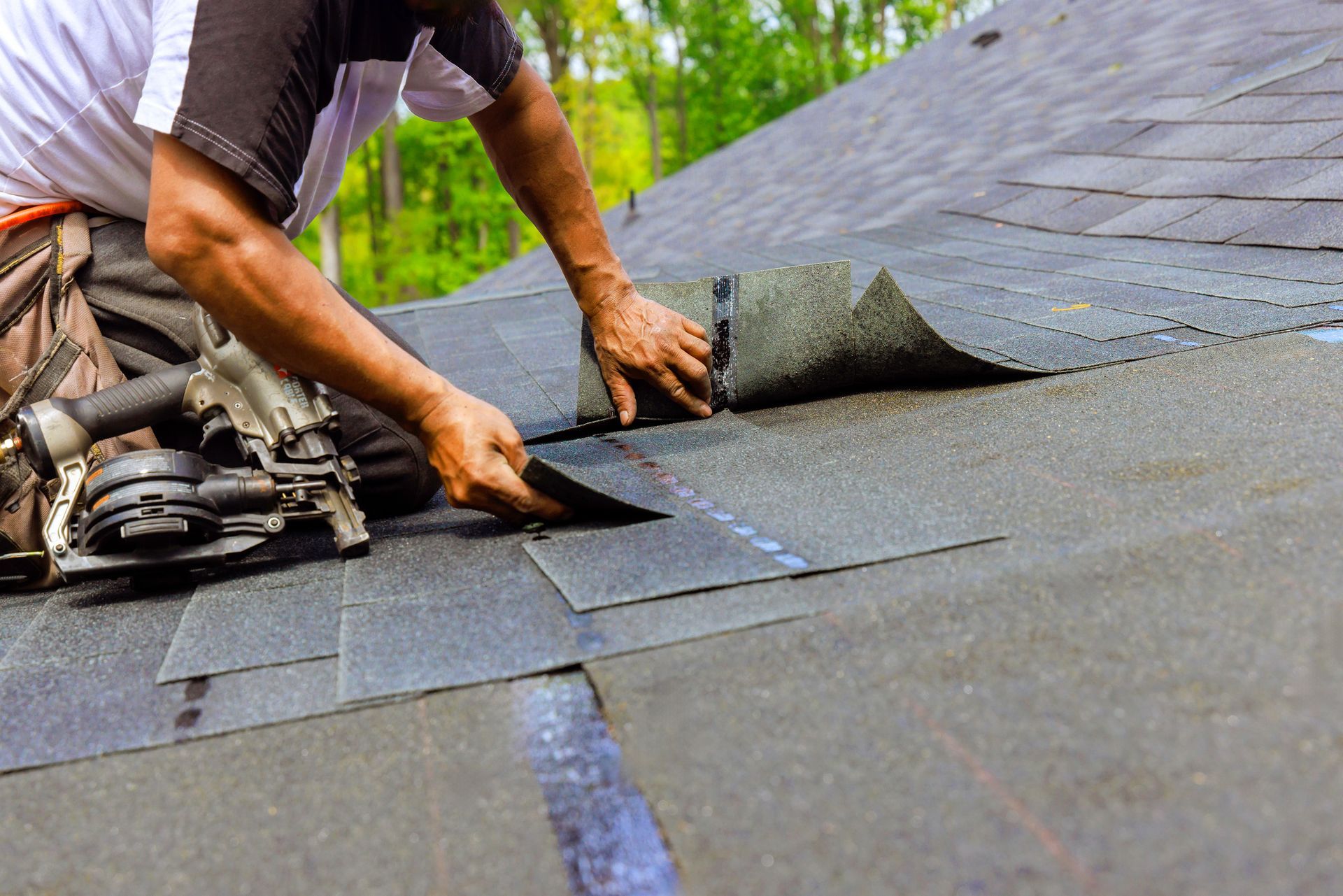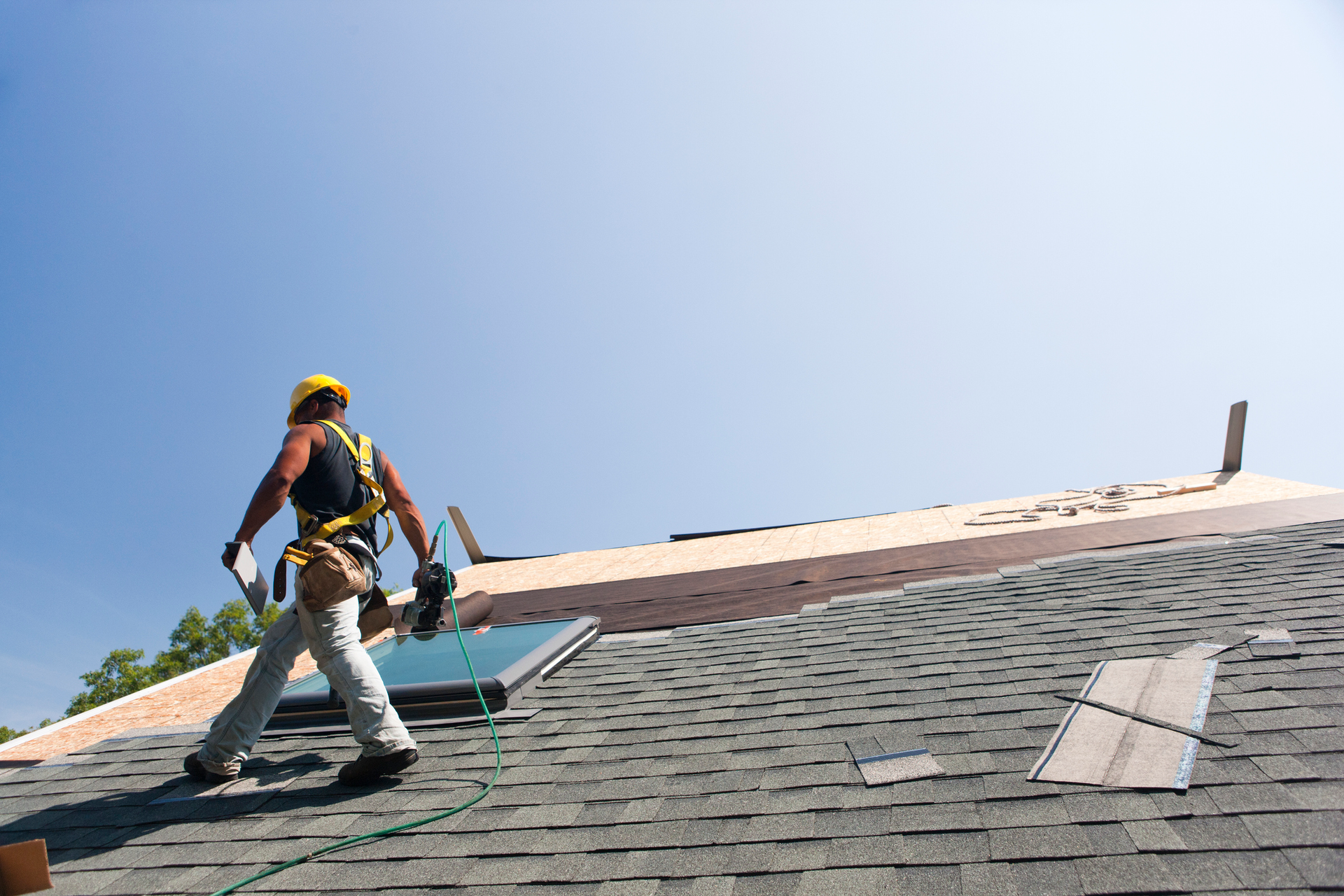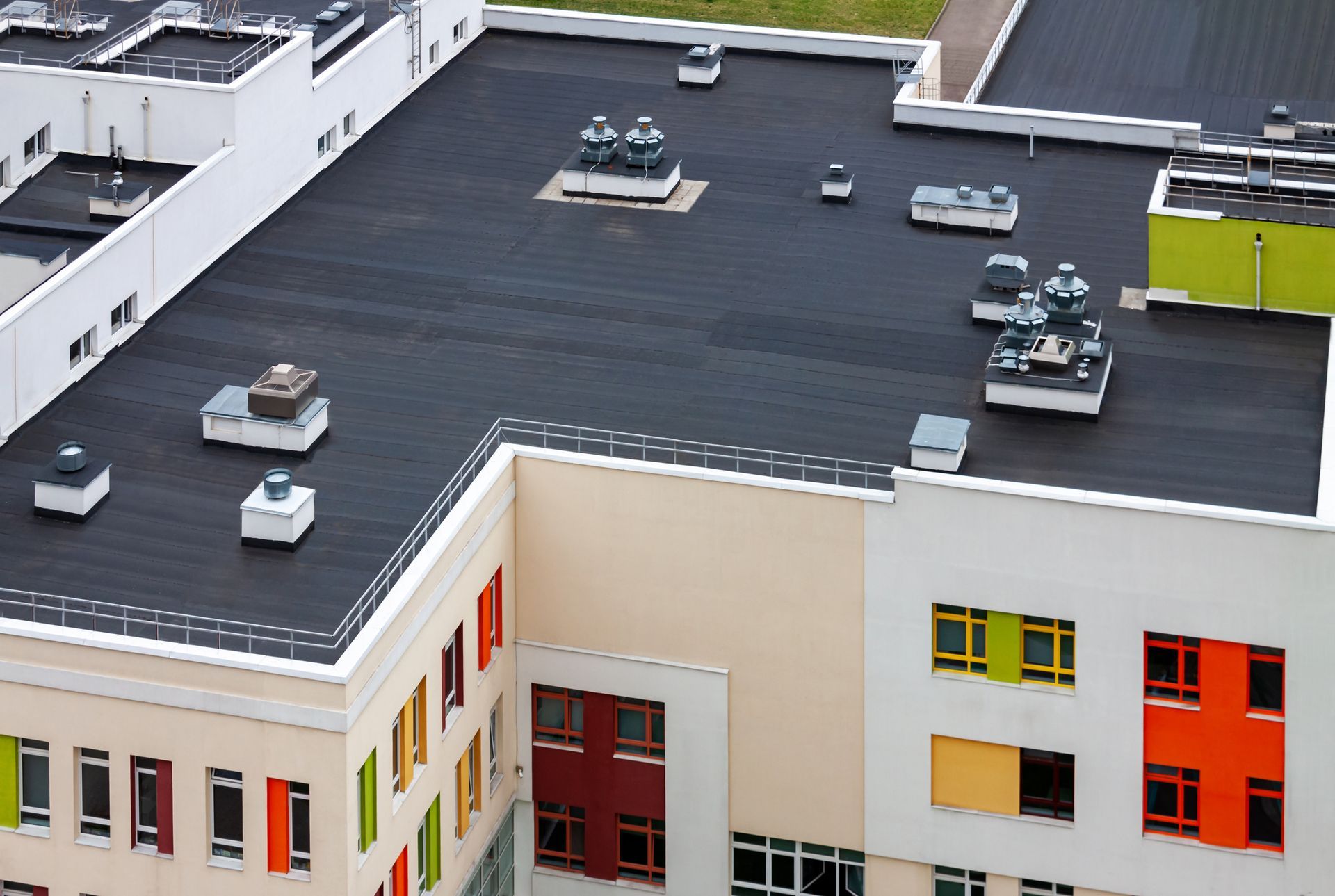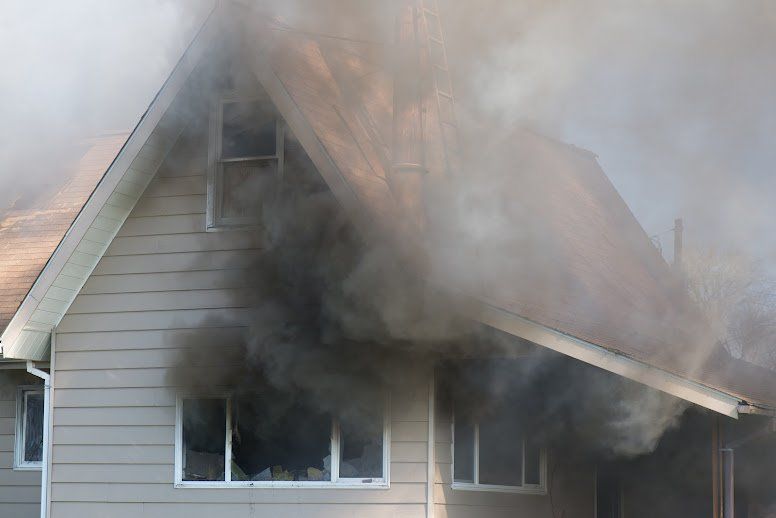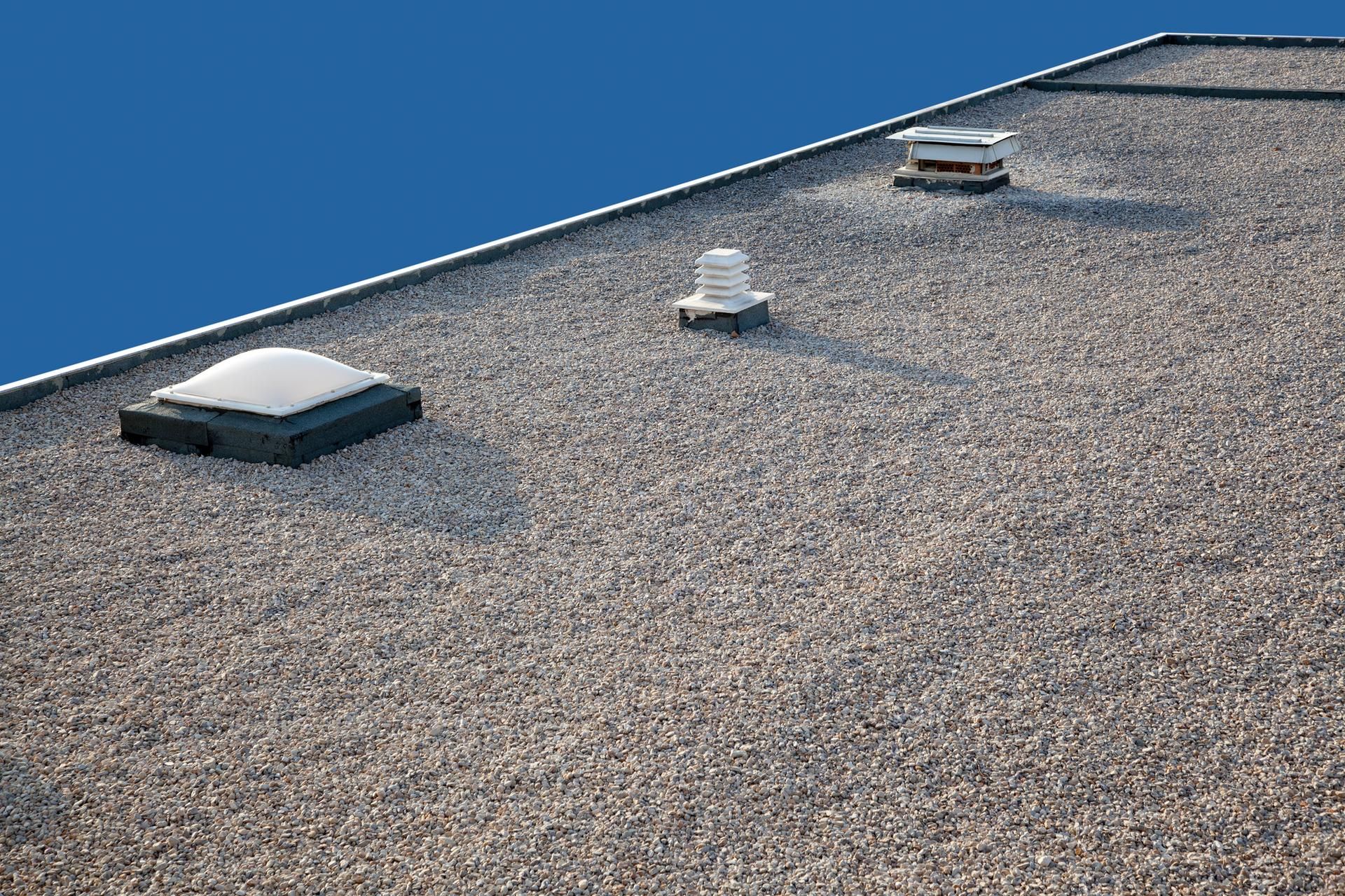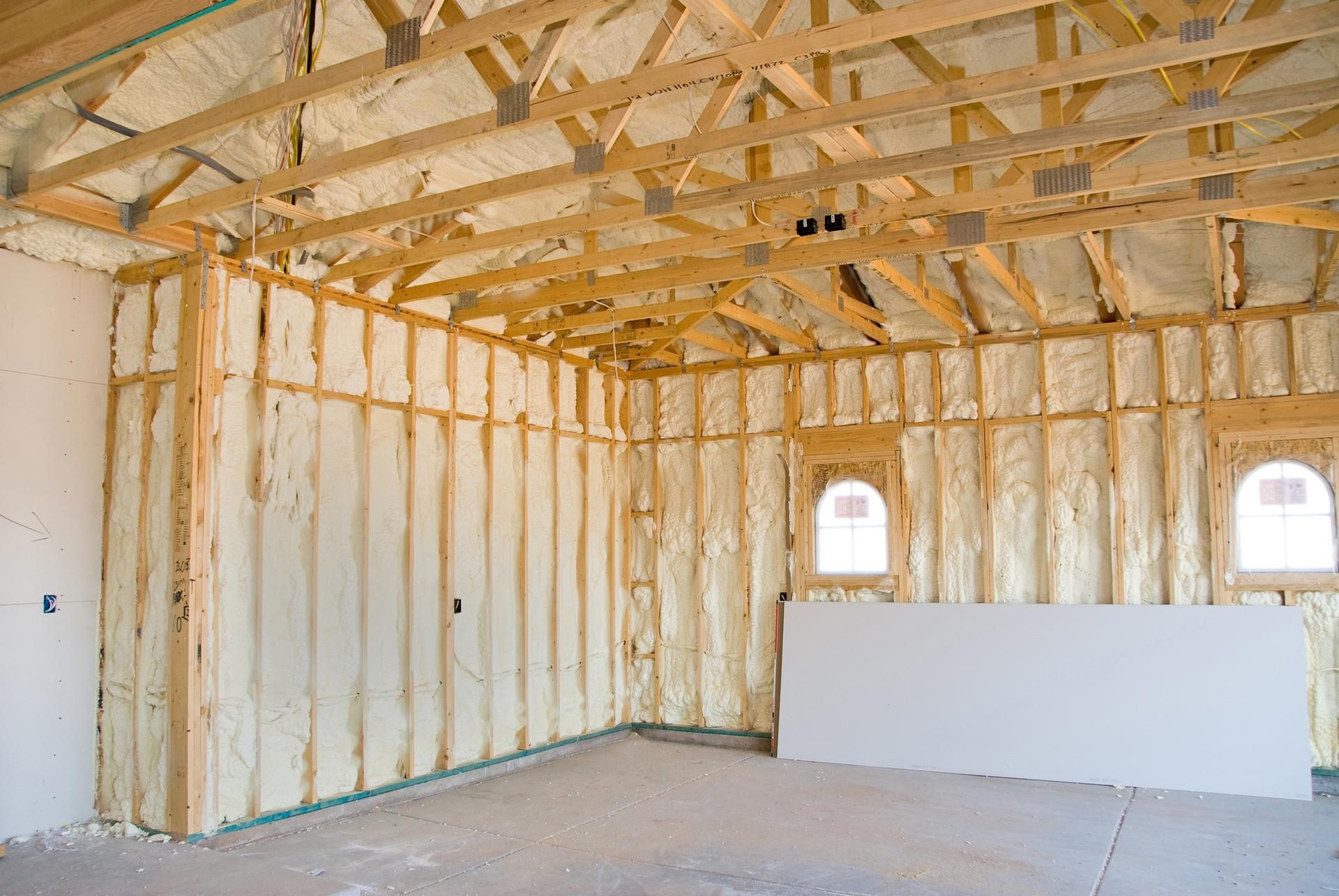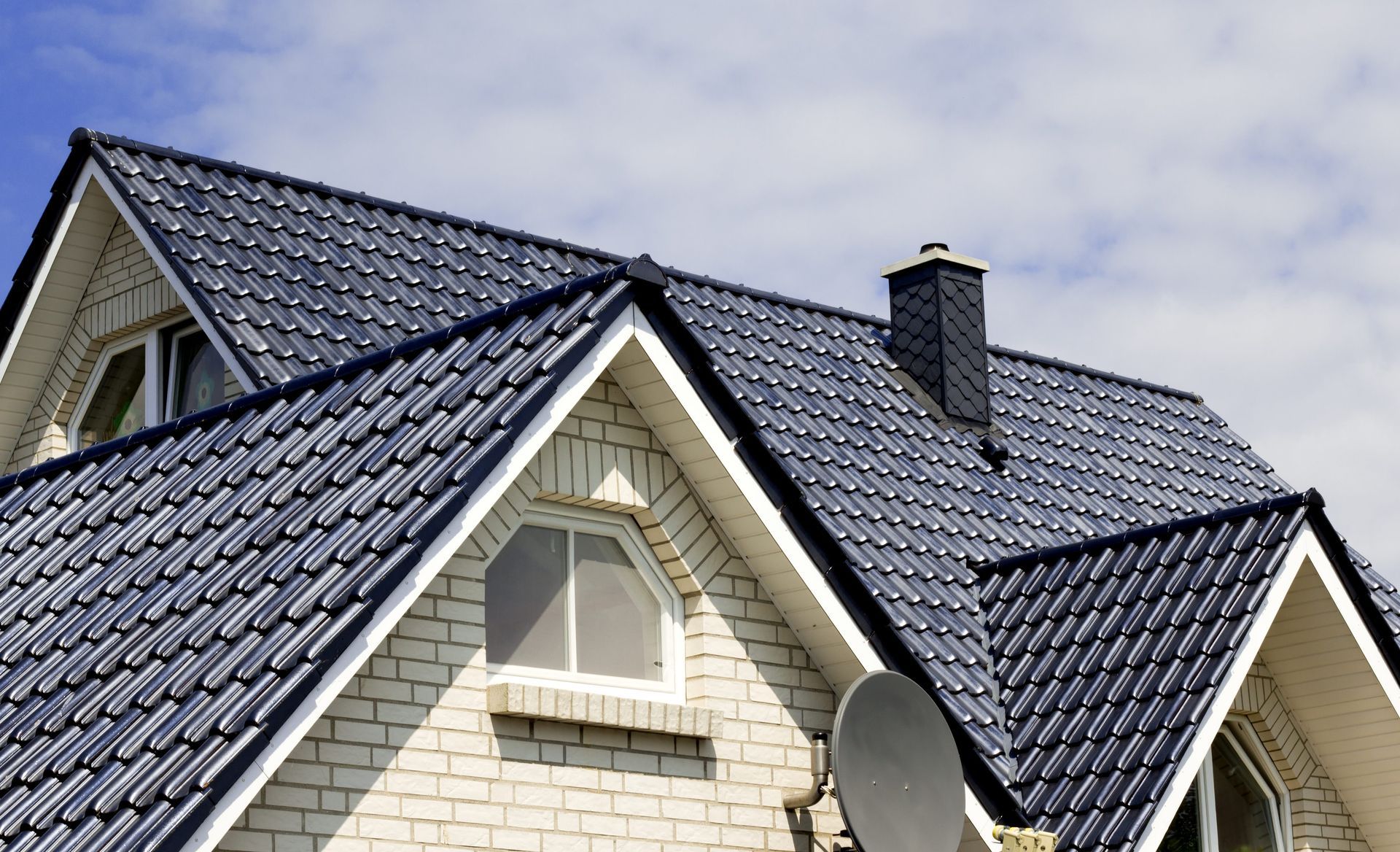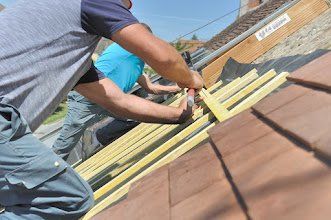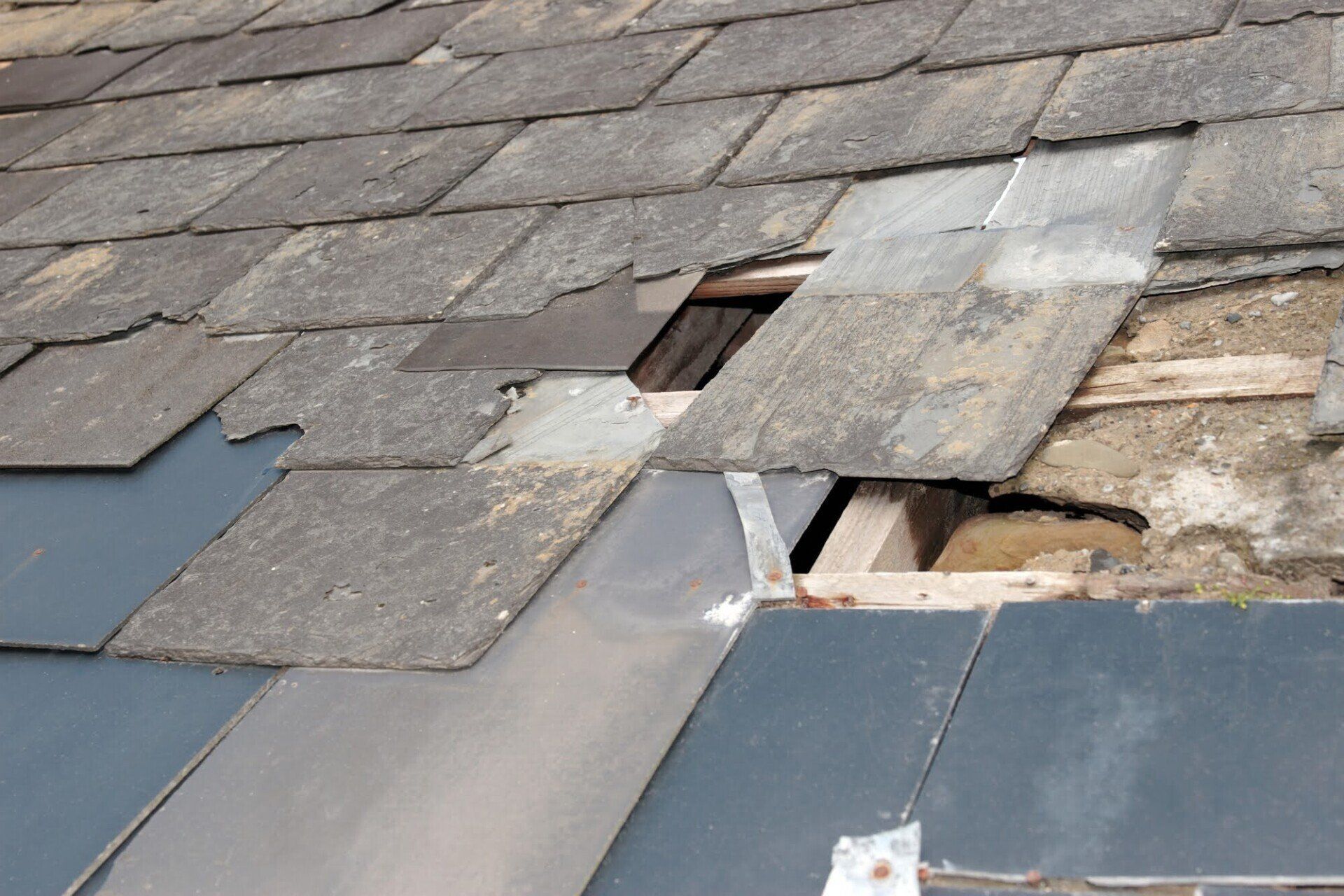Need a New Roof In Rush? Reroofing Advantages and Disadvantages
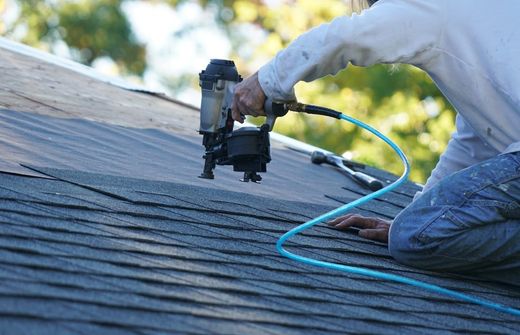
Before you have your current roof torn off and completely replaced with a new one, you should learn about a process called re-roofing. Re-roofing is performed by adding a new layer of shingles over your existing ones instead removing the original layer of shingles before adding a fresh shingle layer. The re-roofing process is also sometimes called a roof overlay.
While some homes are good candidates for a roof overlay, others are not. Read on to learn the advantages and disadvantages of re-roofing.
Reroofing Advantages
The reroofing process has many advantages when compared to traditional roof replacement.
Less Time-Consuming
The reroofing process can be performed more quickly and easily than full roof replacement. For this reason, a roof overlayment typically costs less than a full roof replacement. In addition, the quick overlayment process typically disrupts a family's life much less than a full roof replacement does.
Protects Home Just as Well
It is a common misconception two layers of shingles consisting of one old and one new layer do not protect the roof frame and decking from the elements as well as one fresh set of shingles can.
The truth is that the new layer of shingles adding during a roof overlayment protects your roof and home from the outdoor elements just as well as one quality set of shingles can. A roof overlayment can also increase home energy efficiency by adding extra insulation to your home and reflecting the sun's rays much better than one old layer of shingles that have degraded over time.
An added bonus to having two shingle layers on your home instead of one is that if one shingle blows off during a strong thunderstorm or natural disaster, there is a shingle underneath that can continue to protect the roof decking underneath it from the elements until you have a new shingle installed.
Service Includes Inspection of Other Components
During the reroofing process, your roof expert will examine roof flashings to ensure they are still in good shape before placing them back on your roof or suggest replacement of corroded, old flashings with new ones. Your roof expert will also examine your current roof ventilation system to ensure it is working properly and suggest repairs if needed.
Reroofing Disadvantages
Roof overlayments do have some disadvantages you should consider before opting for this roof replacement alternative.
Few Roof Material Options
Two layers of any roof material weigh twice as much as one layer, so typically, reroofing can typically only be performed on roofs that are currently topped with just one layer of asphalt shingles or a metal roof system. Most roof frames simply cannot support the weight of two layers of heavier roof materials, such as stone roof tiles.
Not a Good Option When Shingles are Curling
Roof overlayments work best when all of the current layer of shingles on the roof lie relatively flat. If your roof has just one or two shingles that are curling, then these shingles can be replaced before the second shingle layer is added. However, if you have a roof full of shingles that are curling or pulling away from the roof, then a full roof replacement should be performed.
Not a Solution for a Leaky or Damaged Roof
If your roof has a leak, the wood deck of your roof is damaged or rotting, or your roof has another extreme problem, then adding a new layer of shingles over your existing ones will not remedy the issue. Your roof professional will instead have to remove your current shingles to examine the problem area. Depending on the damage that is found, you may not need a complete roof replacement to remedy the problem, but instead just a simple repair.
If your current roof is approaching the end of its lifespan, then consider reroofing if you need a quicker and more affordable option to complete roof replacement. Contact the roof experts at All American Roofing to determine if your roof is a good candidate for roof overlayment today.

